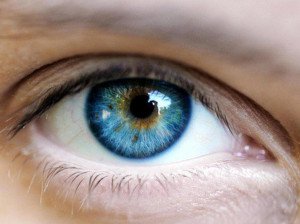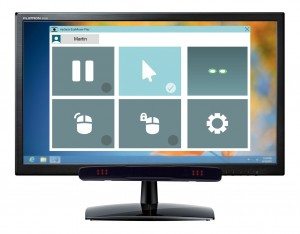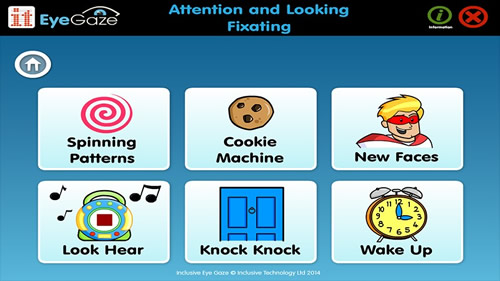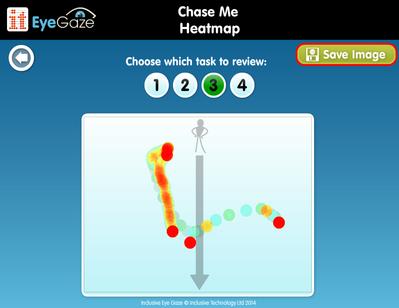 Like many of my colleagues in schools, I was deeply skeptical when I read some of the claims about eye gaze systems and how they might ‘revolutionize’ (their word not mine,) our teaching of students with profound and multiple difficulties. So like so many of you, I had to find out for myself what this technology brought to the classroom and how I might use it to help unlock some of my students.
Like many of my colleagues in schools, I was deeply skeptical when I read some of the claims about eye gaze systems and how they might ‘revolutionize’ (their word not mine,) our teaching of students with profound and multiple difficulties. So like so many of you, I had to find out for myself what this technology brought to the classroom and how I might use it to help unlock some of my students.
 Thanks to the generosity of my ex colleagues at Inclusive Technology, I was able to borrow a MyGaze unit and the ‘Eye Gaze Foundations’ software to use in my work with schools around the world. The eye gaze device itself is easy to set up and use. Simply plug it in to an available USB port and run the MyGaze software and you’re good to go. Getting a good calibration has always been difficult with this group of students and I expected a lot of messing about but no, the software just seemed to cope and I’ve managed to get a useful calibration with almost all of the students I’ve worked with. Where a calibration wasn’t possible, I just calibrated the device myself and used that. So long as the eye camera can ‘see’ the student’s eyes, everything was fine.
Thanks to the generosity of my ex colleagues at Inclusive Technology, I was able to borrow a MyGaze unit and the ‘Eye Gaze Foundations’ software to use in my work with schools around the world. The eye gaze device itself is easy to set up and use. Simply plug it in to an available USB port and run the MyGaze software and you’re good to go. Getting a good calibration has always been difficult with this group of students and I expected a lot of messing about but no, the software just seemed to cope and I’ve managed to get a useful calibration with almost all of the students I’ve worked with. Where a calibration wasn’t possible, I just calibrated the device myself and used that. So long as the eye camera can ‘see’ the student’s eyes, everything was fine.

The Eye Gaze Foundations software is well written and carries on the Inclusive Technology tradition of providing motivating activities with clear routes for progression. Personalisation is hugely important for these students and the software provides opportunities to use your own images. By far the most useful section of the software for me are the analysis tools which carefully builds heat maps and videos of what your students are looking at while they use the activities. The potential for this is enormous. Knowing what our students look at give us a unique insight into what they find visually interesting and helps inform how we might work with them in the future. These heat maps and videos can be saved for the student’s record of achievement too.
 It’s not perfect. Knowing what a student is looking at doesn’t tell us how a student is thinking and of course there is still the issue of ‘does the student understand that they are making these things happen with their eyes? In the hands of an experienced teacher, support assistant, parent or therapist, eye gaze can help us better understand the needs of our more complex students and provide them with opportunities to interact with their environment we could only dream about a few years ago.
It’s not perfect. Knowing what a student is looking at doesn’t tell us how a student is thinking and of course there is still the issue of ‘does the student understand that they are making these things happen with their eyes? In the hands of an experienced teacher, support assistant, parent or therapist, eye gaze can help us better understand the needs of our more complex students and provide them with opportunities to interact with their environment we could only dream about a few years ago.
